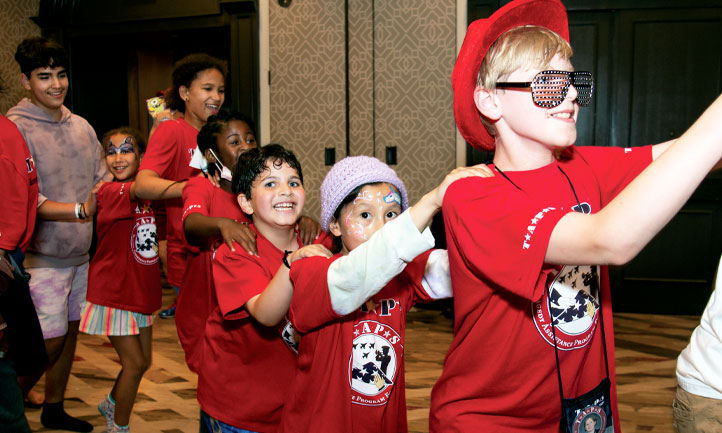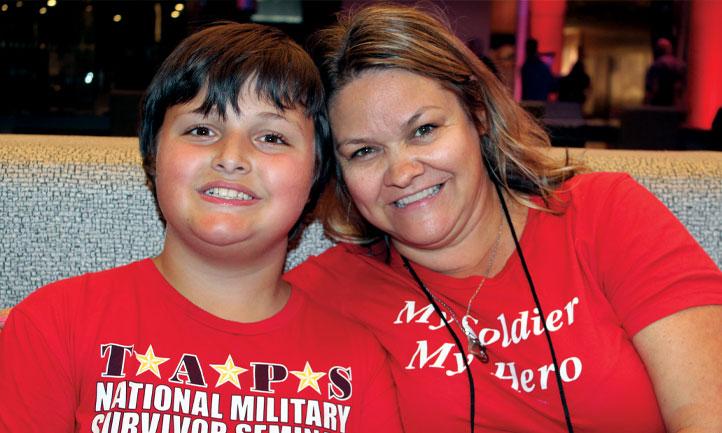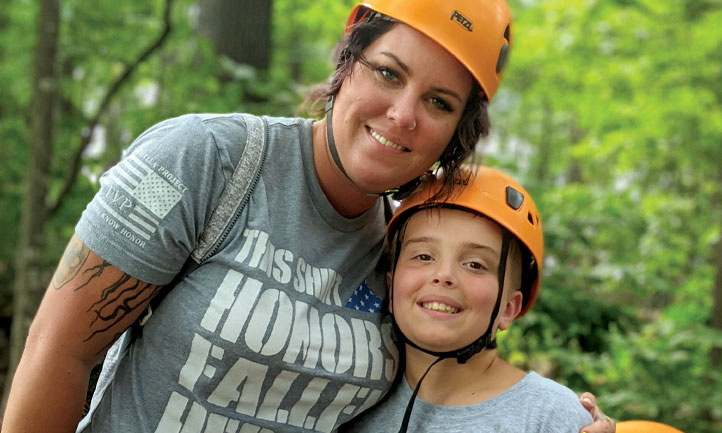Klinger’s Korner: Understanding Your Child’s Unique Way of Being in the World
Author: Andy McNiel
How can three children grow up in the same household and be so entirely different? Many factors play a role in shaping who a child is, how they develop, and the person they become. Some of these factors include their genetics (the apple doesn’t fall far from the tree), their birth order, household circumstances during formative years (both good and challenging times), and experiences with friends and other family members. It takes all of these things to make us into who we are– why we prefer certain things over others, and how we feel most comfortable being in the world.

Parenting multiple children, who may experience the world differently, has its challenges. How do we determine which behaviors are just “who they are” and which ones need to be redirected or addressed? As we only have so much energy, the answer to this question can help us decide where to use it. Parenting children while also grieving is an extra challenge, and grief certainly takes the lion’s share. Here are some suggestions for better understanding how your child feels most comfortable being in the world, and how to best spend our energy parenting them.
Embrace their unique personalities and preferences.
To better understand your children, take a few minutes to consider the unique aspects of each of their personalities. Using a pencil or pen, divide a piece of paper into columns, creating one for each child. Label the top of each column with a different child's name. Imagine someone has asked you, "Tell me about your child," and begin writing words that describe each of your children, one at a time. Words can describe anything that captures who they are, such as their personalities, likes, behaviors, or temperaments. Now, remind yourself that your children have unique ways that they feel most comfortable being in the world– and, that is okay. They do not have to be the same, and we do not have to change their personalities. As a matter of fact, we cannot, and if we try to, we will create more conflict than needed. Instead, we can embrace our children for who they are, for whatever that might mean—hyper, quiet, outgoing, reserved, shy, loud, boisterous, overly optimistic, pessimistic, funny, silly, serious, or any other words that might describe them. Notice them, tell them you see them and understand them, love them for who they are, and express that to them regularly.


Set expectations for behavior based on shared household values.
After you have resolved that your children have unique personalities—which are you cannot change—direct your attention toward those things you have the power to change, namely what your household most needs. Values are the virtues that we seek to live our lives by, things like honesty, kindness, hard work, forgiveness, sharing, and patience, to name a few. Shared household values are about how we interact with others and formulate our character. Values are taught, reinforced, and learned. Ask yourself, “What do I value?” Ask your children, “What do you value?” You can do this exercise together as a family. Talk about what values you all share, and set up a structure for holding everyone in the household accountable to practice these values. In this activity, the focus is not on your children’s varying personalities; rather, the focus is on their character.
Many of us find a better flow in our homes by shifting our attention from the things we cannot change in our children to how we model, teach, and hold them and ourselves accountable to live our shared values. This change does not mean that there won’t be conflict, but it means that we will focus our energy on those things that ultimately will make a difference for ourselves and our children. Embrace the unique way they feel most comfortable being in the world and celebrate their differences. Hold one another accountable to live the values that will follow your children into their adulthood and their children’s lives.
 Family Activities
Family Activities
With the summer season comes the opportunity to get out of the house and enjoy the outdoors. Here are a couple of ideas for fun family activities that offer the opportunity to learn about each other and grow closer together.
My Favorite Place
Purpose: To learn more about what other people in the family like and share that experience.
Materials
- Paper
- Writing or drawing tools (pens, pencils, markers, or crayons)
- The outdoors and a way to get to your favorite places (if you decide to go to each place)
Description: During a time when your family typically gathers, have each person think about their favorite place outside the house. Favorite places may be in the neighborhood, in a city, in nature, on a beach, or at a lake. Have everyone write down their place on paper with pencils, pens, markers, or crayons, and help younger children write down their places. You can also have each person draw or color a picture of their place. Once everyone has written or drawn their favorite place, have each person share about their place and explain why it is their favorite. You will all learn something about another family member during the sharing.
Andy McNiel, MA, is the Senior Advisor, TAPS Youth Programs.
Photos: TAPS Archives
